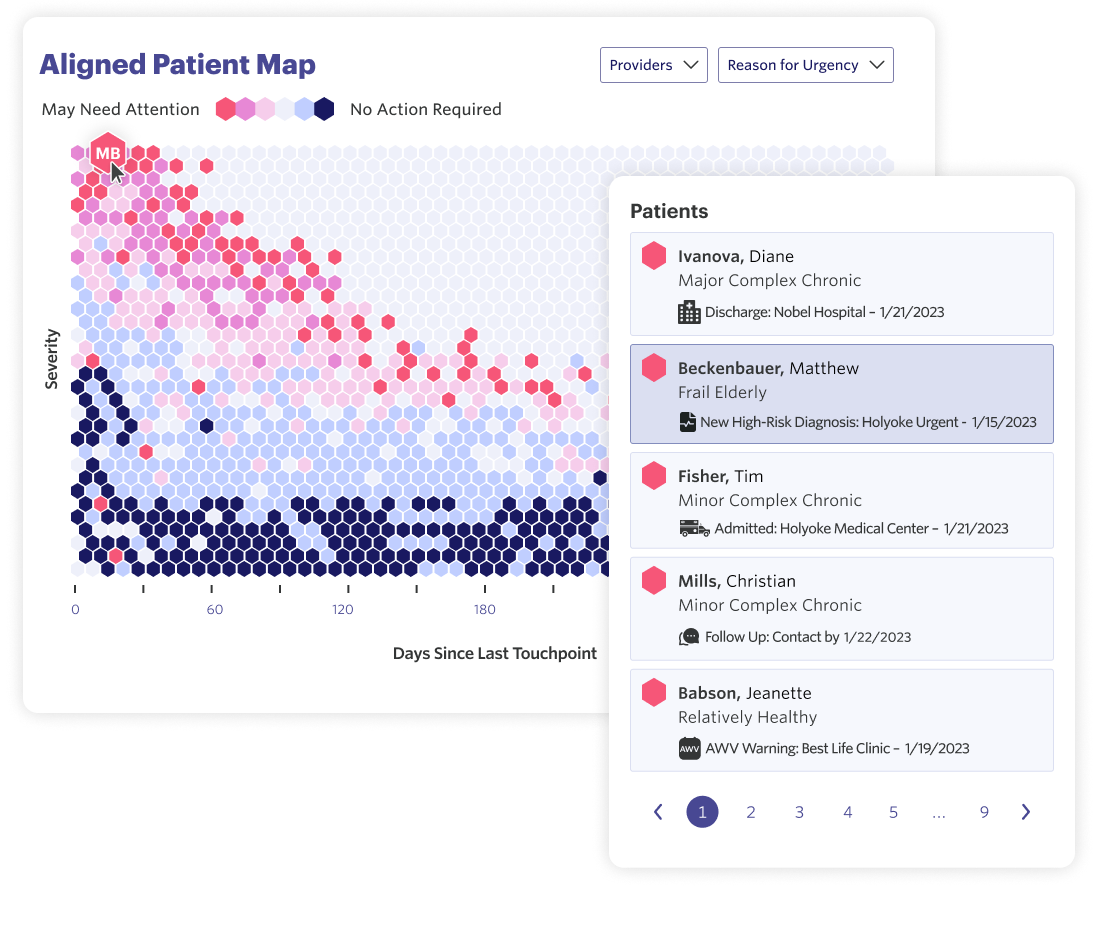Introduction
When I talk with friends about my work at Pearl Health, there’s one question that keeps popping up, and it goes something like this: You’re building software for primary care practices? That’s cool, but, um… isn’t all the exciting health tech happening in medical treatments — like DNA editing and nanosurgery?
This blog is my answer to that question. But, in short: there’s an incredible amount of healthcare innovation that’s based on writing code, especially for primary care providers.
Solving Problems for the Doctor’s Office
When we think about exciting healthcare technology, it’s easy to focus on treatments, like using AI to identify new vaccines. Those innovations are incredibly important. But think for a moment about your own personal healthcare experiences. What’s the most important relationship that comes to mind? Chances are it’s your doctor. Primary care providers are the foundation of healthcare in the United States, for hundreds of millions of people.
This means that anything we do to improve primary care has an incredible impact.
And there’s so much opportunity for technology to help! Delivering care to patients is hard. Doctors, nurses, administrators, and hospitals have to deal with thousands of challenges just to keep up with daily operations.
Here’s an example:
When a patient visits the ER for emergency treatment, their odds of recovery are much higher if they meet with their PCP afterward.1
The PCP can:
- Make sure the patient understands what to do next. Did the hospital provide a list of follow-ups or prescriptions?
- Involve the patient’s family, if the patient needs special assistance at home.
- Follow up with the patient to make sure they’re recovering.
The problem is that most physicians don’t know when their patients visit the ER. The data is available, but it’s not always easy to obtain, especially for small independent practices.
Pearl Health’s Contribution
At Pearl Health, we’re completely focused on primary care practices. We built a patient-centric application using modern technology, data science, and our in-house industry expertise.
This year, we launched:


It’s deeply satisfying to watch people engage with our product, because we’re strengthening the connection between practices and their patients.
Here’s the feedback we’ve received from the doctors, nurses, and administrators who use our platform:
The Technical Parts
Okay, so the work is meaningful, but is it engaging on a technical level? Yes! Here are some of the challenges that make primary care technology exciting.
First, ease of use is a top priority. We’re constantly challenged to solve hard design problems, because our users are busy. They don’t have time to learn a new, complicated system, so we have to deliver value right out of the box.
Second, we’re blending all kinds of data, and the volume keeps increasing. Our pipelines ingest multiple formats, from multiple vendors, on multiple schedules (including real-time 24×7 feeds). We transform that into models for our end-user application, our data scientists, and our analysts. We’re constantly finding new ways to support our customers with data, so the pipelines need to be flexible and scalable.
Lastly, we need to meet uptime requirements. That may be surprising at first. Our customers are all in the US, and most practices keep specific hours. So why does our application need to stay online late at night? When we think about our own doctors and practices, we don’t often imagine them “taking their work home”, but they do! For example:
- Some doctors spend their evenings getting ready for the patients they’ll see the next day. They might review medical charts, make notes about the conversations they want to have, or even refresh their memories about the patient’s personal life.
- Our customer, Healthcare For Life, works evenings and weekends, including answering calls on their personal phones. They make sure patients have access to drug refills over the weekend, and they consult patients who are worried they need to visit the ER.
The Pearl Health application is available 24x7x365. Our customers work hard to keep patients healthy, and we honor that commitment by keeping our technology ready at all times.
Conclusion
Healthcare technology is an exciting industry. There are countless ways to innovate and support the medical community. I’ve chosen to focus on primary care, because I’m passionate about the work that doctors, nurses and administrators do every day to keep us healthy.
Want to Know More?
Niloofar Latifi, et al., “Timely Primary Care Follow-Up and 30 Day Readmission Rates: A Retrospective Analysis From a Resident-Based Primary Care Clinic,” Journal of Hospital Medicine, September 2022.





